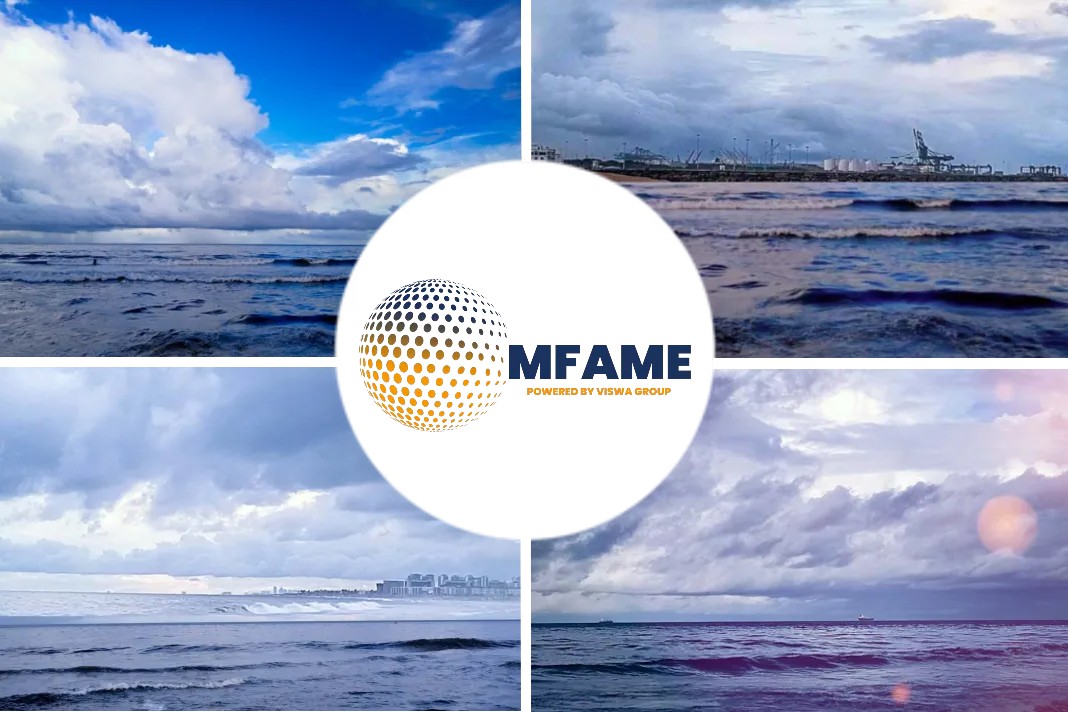- As bunker prices fluctuate ahead of the IMO 2020 deadline, the global ocean carrier APL is opting for bunker adjustments.
- The company is introducing a Bunker Adjustment Formula (BAF) starting from January 1, 2019.
- The formula ensures sustainability and reliability of services by zeroing in various factors such as methodology, bunker reference, reefer cargo, trade coefficient, and implementation.
- This comes at a time when APL is switching to LSFO resulting in an expenditure higher than the IFO 380 per ton price
Bunker prices continue to fluctuate and they always will in the near future, given the uncertainty of the bunkering choices that are arising due to IMO 2020 sulphur compliance. In recent months, IFO 380 price has shown strong fluctuations, says a report published in APL.
What’s the reason for fluctuations?
In addition, a new IMO (International Maritime Organization) low sulphur regulation will be applied to all container shipping companies effective 1st January 2020. The regulation stipulates a maximum sulphur content threshold of 0.5% for marine fuels over 100% of the sea distance for any maritime services.
How to tackle it?
To be compliant with this new regulation APL, a leading global ocean carrier will use low sulphur fuel (LSFO) and the cost per ton is expected to be significantly higher than IFO 380.
Effective 1st January 2019, in order to ensure the sustainability and reliability of our services in this volatile environment, APL will introduce a new quarterly Bunker Adjustment Formula (BAF) for all contracts with a duration exceeding 3 months.
Key Elements of BAF
1. Methodology
Quarterly revision, based on IFO 380 bunker average price or LSFO, depending on contract duration.
2. Implementation
Effective 1st January 2019, this new quarterly BAF will be applied to all contracts with a duration exceeding 3 months.
3. BAF quantum
Based on the average tonnage of fuel consumed on Asia-North Europe & Asia-Mediterranean Trades and fuel price fluctuation, the following extracts of BAF quantum will be applied.
4. Tiers of USD 25
Tiers of USD 25 have been set up in order to avoid BAF revision in case of limited variation of Fuel Oil price. Applicable BAF will be the corresponding value in the relevant tier.
5. Bunker reference
Starting 2019, IFO 380 price will be the reference for APL’s BAF.
APL is using a single IFO 380 reference for all trades, with the following weight of each port worldwide: 40% Rotterdam IF0 380; 50% Singapore IFO 380; 10% Houston IFO 380.
Prior to 2020, a new LSFO will apply, and the index will be determined accordingly.
APL will review the BAF on a quarterly basis, and continue to update our customers accordingly.
6. Trade coefficient
Trade Coefficient is defined as = Round Voyage Consumption of Fuel Oil (in ton) per trade divided by the number of full TEU carried.
7. Reefer cargo
A 20% Reefer Consumption Surcharge will be implemented on top of the standard BAF with a minimum of USD$25/TEU.
8. Bunker reference change
To stay compliant with the IMO regulation that takes effect on 1st January 2020, APL will start bunkering with the new LSFO 0.5% sulphur (cost to be confirmed) from the second half of 2019 onwards.
Prior to 2020, the adjustments will be based on the variation between the average cost of one ton of IFO and the average cost of one ton of LSFO 0.5% at the date of review.
9. Low Sulphur Surcharge in Emission Control Areas (ECA)
Low Sulphur Surcharge will still be applicable on top of BAF for trades serving port of loading (POL) and port of discharge (POD) in the ECA of North Europe, North America* and China.
*With the exception of Transpacific and Transatlantic Trades, where the ECA consumption for North America has been included in the general BAF formula.
Did you subscribe for our daily newsletter?
It’s Free! Click here to Subscribe!
Source: APL


























